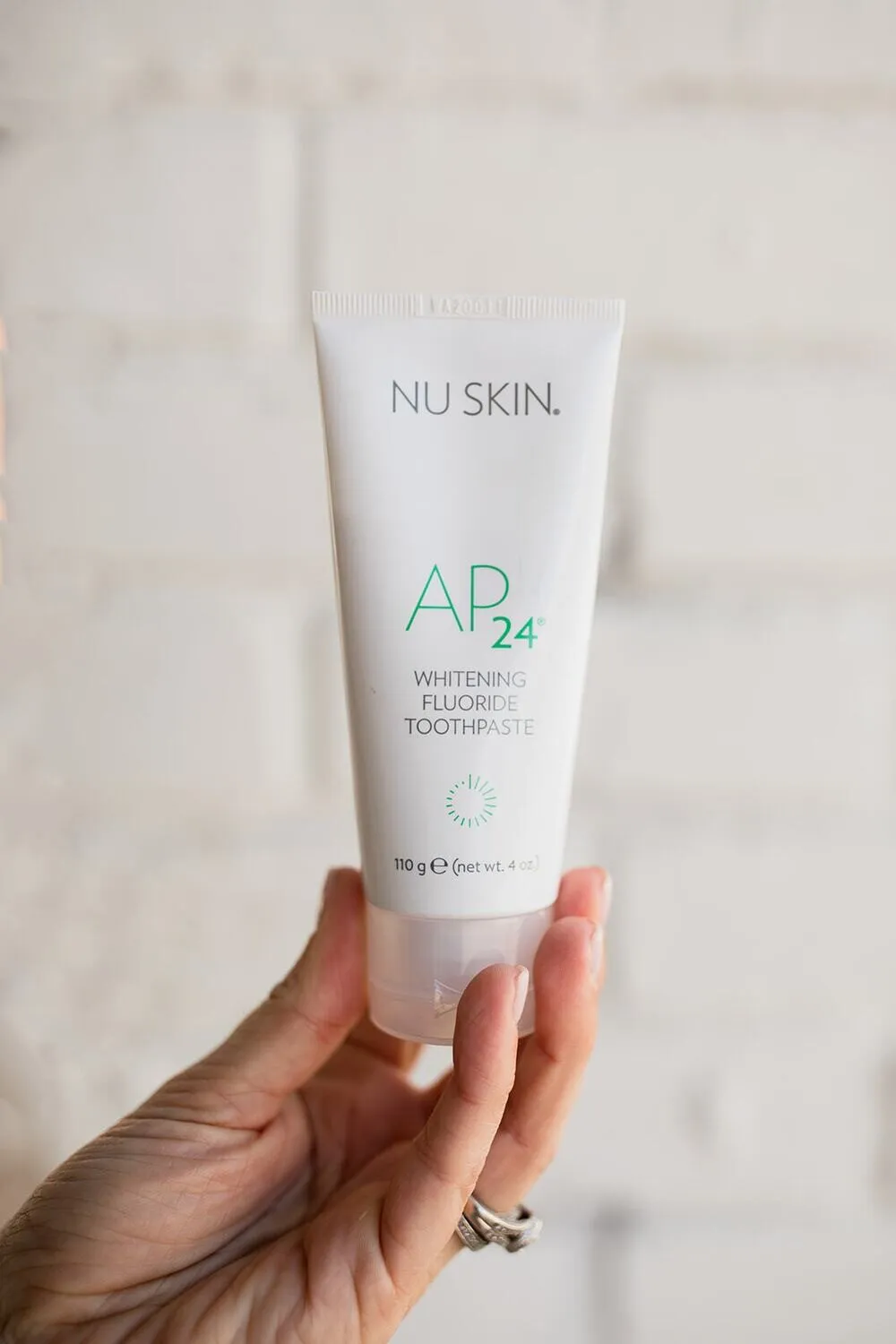Top 5 Secrets Of Whitening Toothpaste
In the realm of oral hygiene, whitening toothpaste has become a staple in many households, promising brighter smiles and enhanced confidence. But what exactly makes these products tick? Beyond the catchy marketing, there are key secrets that make these toothpastes effective. This guide delves into the top 5 secrets of whitening toothpaste, providing you with the knowledge to make informed choices and achieve a dazzling smile. This information empowers you to understand how to use these products effectively and what to watch out for. Getting a brighter smile can be a reality if you know the secrets.
Secret 1 What Makes Whitening Toothpaste Effective?
The effectiveness of whitening toothpaste hinges on its ability to remove surface stains and, in some cases, lighten the shade of your teeth. This is primarily achieved through the use of specific ingredients. Abrasives are common in these toothpastes; they gently scrub away stains. The strength of these abrasives vary, and it is crucial to consider the long term impact on your enamel, especially if you have sensitive teeth. The best toothpastes often use a combination of ingredients to help whiten your teeth, they work together to provide results. Understanding the science behind the ingredients will help you find the right product for your needs.
Key Ingredients
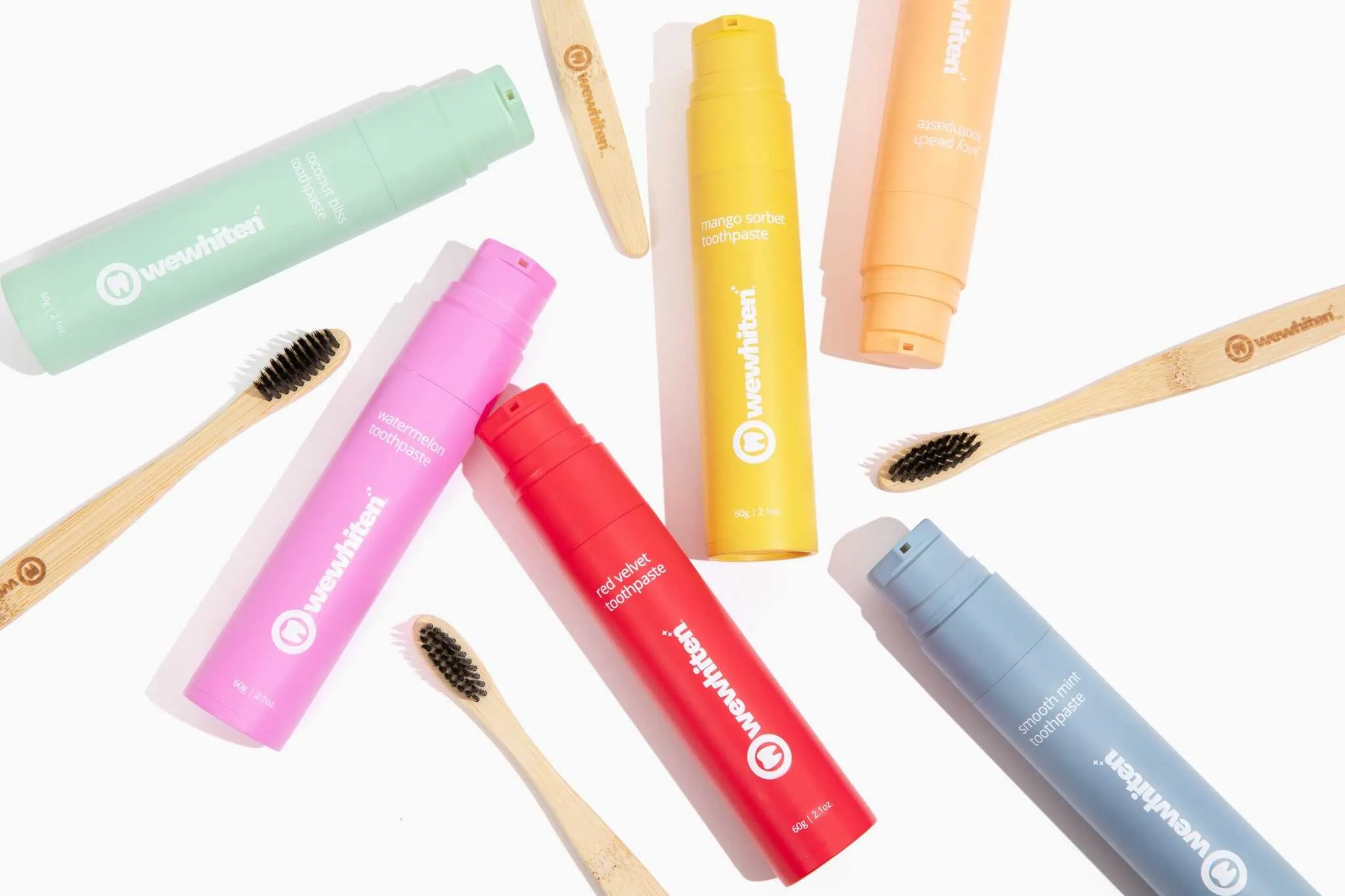
The most common key ingredients include abrasives like hydrated silica, calcium carbonate, and dicalcium phosphate. These help to physically scrub away stains. Some whitening toothpastes contain hydrogen peroxide or carbamide peroxide, which can penetrate the enamel to lighten the teeth. Other ingredients may include pyrophosphates, which help prevent new stains from forming. Look for toothpastes that also include fluoride, which strengthens the enamel and prevents cavities. Understanding what is in your toothpaste is the first step toward a great smile. Consider checking the ingredients before you buy a product and using it.
Secret 2 Types Of Whitening Toothpaste
Whitening toothpastes come in a variety of formulations, each designed to cater to different needs and preferences. Some toothpastes are specifically designed for sensitive teeth. There are also toothpastes that focus on stain removal from coffee, tea, or tobacco. Some toothpastes provide additional benefits, like breath freshening, cavity protection, or gum health. Choosing the right type depends on your oral health, personal preferences, and the nature of the stains you want to remove. You may need to try a few different products to find the one that works best for you. Always discuss your choices with your dentist to see which one suits your needs.
Whitening Toothpaste Ingredients
When selecting a whitening toothpaste, the ingredients list is your best guide. Abrasives such as silica and calcium carbonate are common. The strength and type of abrasives determine the cleaning power of the toothpaste. Hydrogen peroxide is a bleaching agent that can lighten the color of your teeth. Other ingredients to look for are sodium pyrophosphate, which helps to prevent stain buildup, and fluoride, which strengthens enamel. Avoid toothpastes with harsh chemicals or ingredients that can irritate your gums or cause sensitivity. Always consult with your dentist to determine the best ingredients for your oral health needs.
Secret 3 How To Use Whitening Toothpaste Properly
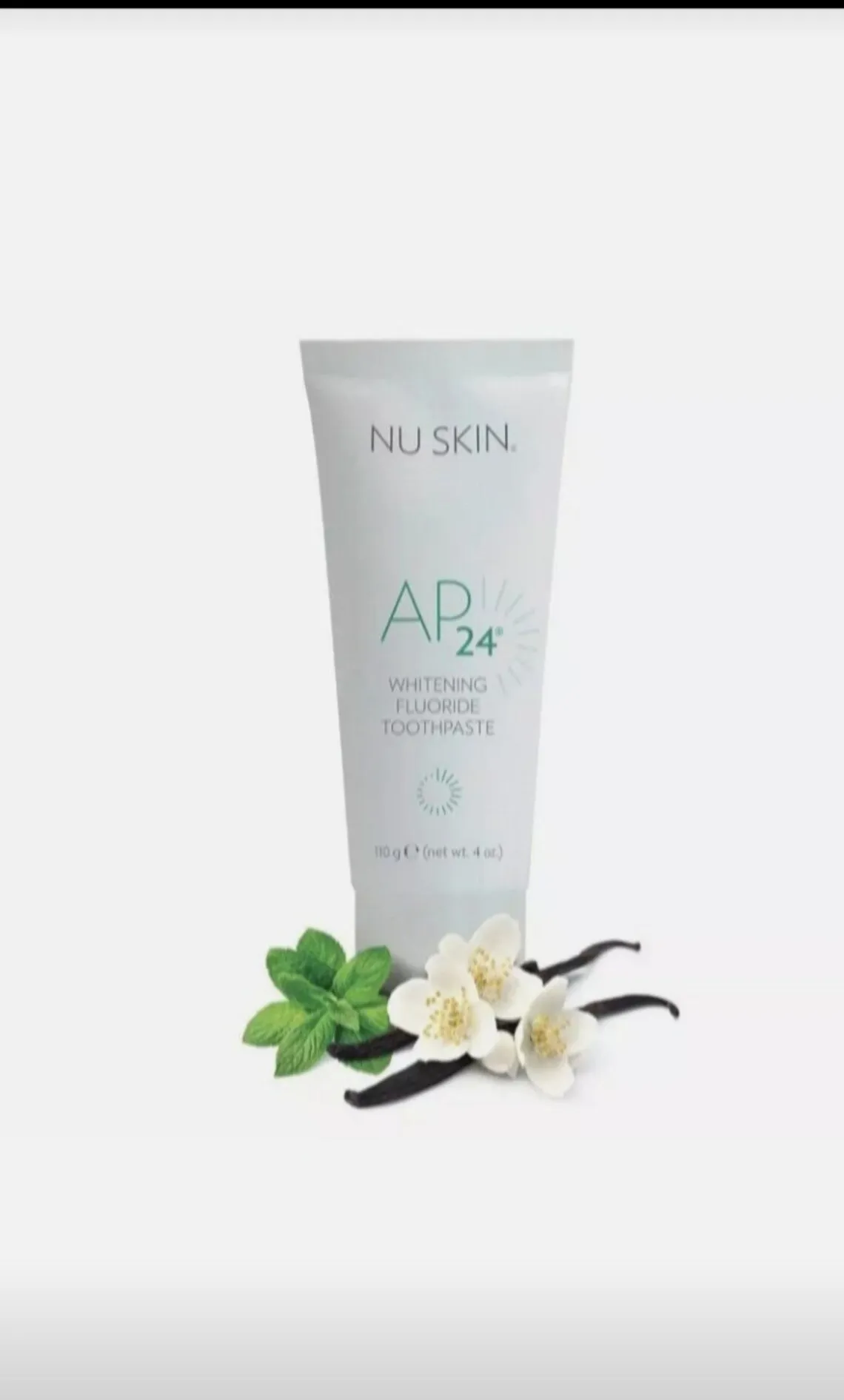
Using whitening toothpaste correctly is critical for achieving optimal results and minimizing potential side effects. The brushing technique, frequency, and duration all play a role in effectiveness. Consistency is key, so make sure you brush twice a day. It is also vital to incorporate other oral hygiene habits, such as flossing and using mouthwash, for complete oral health. If you have sensitive teeth, consider using a toothpaste designed for sensitivity. By following these best practices, you can maximize the benefits of whitening toothpaste and promote a healthy, bright smile.
Brushing Technique
Effective brushing technique involves using a soft-bristled toothbrush and gently brushing all surfaces of your teeth. Place the toothbrush at a 45-degree angle to your gums and move it in small, circular motions. Make sure you brush each tooth for at least two minutes. Be sure to brush the inner, outer, and chewing surfaces of your teeth. Avoid applying too much pressure, as this can damage your enamel and gums. Pay attention to areas that are prone to staining, such as the front teeth. Using the correct brushing technique helps you achieve and maintain a bright smile.
Frequency Of Use
For optimal results, brush your teeth with whitening toothpaste twice daily. This will help you remove surface stains and prevent new ones from forming. Brushing more frequently won’t necessarily enhance whitening, and it could increase the risk of enamel erosion or sensitivity. If you have sensitive teeth, consider using whitening toothpaste once a day, alternating with a toothpaste designed for sensitivity. Always follow the instructions on the toothpaste packaging and consult with your dentist for personalized recommendations. Regular brushing is the key to maintaining a bright, healthy smile.
Secret 4 Potential Side Effects
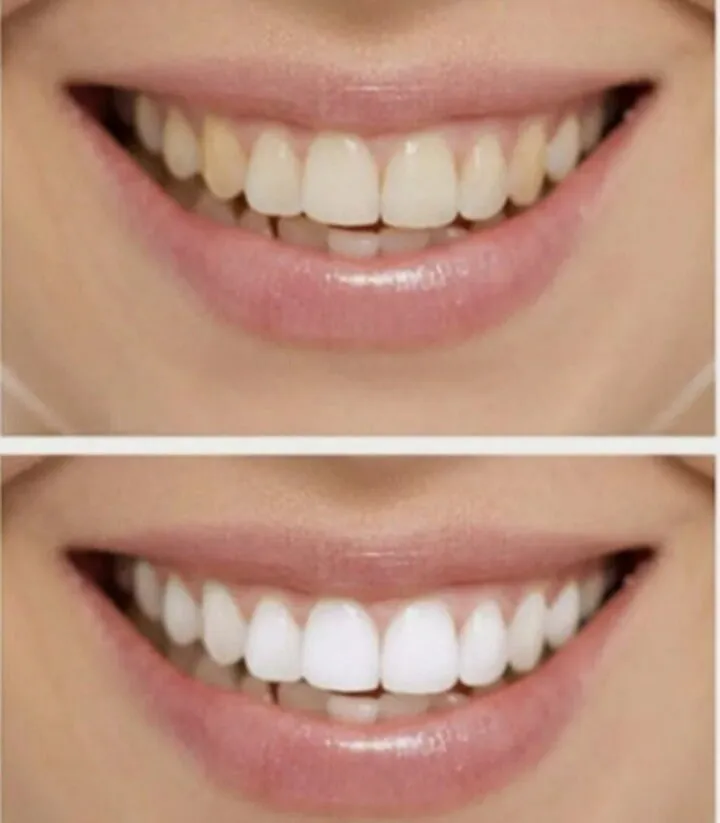
While whitening toothpastes are generally safe, they can cause some side effects. Sensitivity to cold or hot foods and drinks is a common issue. This is usually temporary and subsides once you stop using the product. Some people may experience irritation of the gums or soft tissues in the mouth. In rare cases, excessive use of whitening toothpaste can lead to enamel erosion, increasing the risk of cavities. It’s essential to be aware of these potential side effects and take precautions to mitigate them. If you experience persistent side effects, consult your dentist.
Sensitivity
Tooth sensitivity is a common side effect of whitening toothpaste, especially those containing high concentrations of bleaching agents. If you experience sensitivity, reduce the frequency of use or switch to a toothpaste designed for sensitive teeth. Avoid consuming acidic foods and drinks that can exacerbate sensitivity. Using a fluoride-containing toothpaste can help strengthen enamel and reduce sensitivity. If the sensitivity persists, consult your dentist to rule out other underlying issues and get personalized advice. It is important to take action when you feel sensitivity.
Secret 5 Choosing The Right Whitening Toothpaste
Choosing the right whitening toothpaste involves careful consideration of your individual needs and preferences. Consider your oral health, including any sensitivity issues or existing dental work. Review the ingredients list and choose a toothpaste that aligns with your goals and concerns. Consult with your dentist for recommendations on specific products. The right whitening toothpaste will help you achieve a brighter smile while maintaining good oral health. Taking the time to choose the right toothpaste is important for your teeth.
Considerations When Choosing
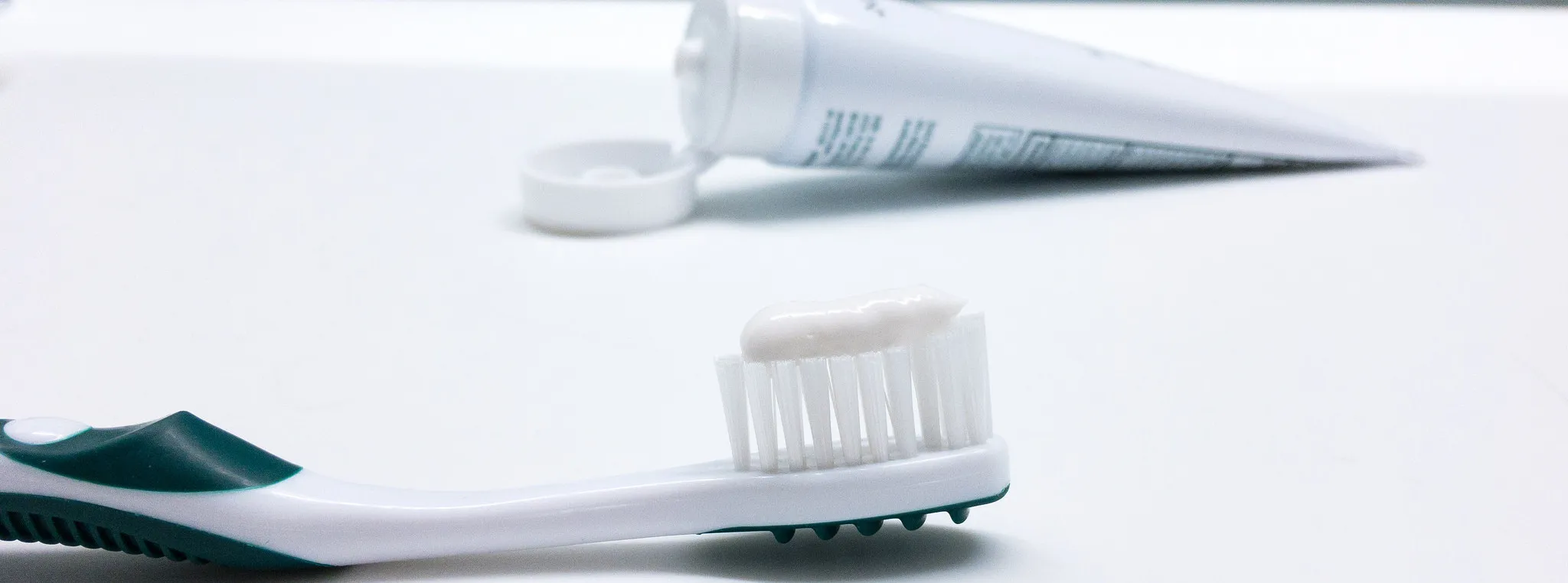
When selecting a whitening toothpaste, consider the following factors. Your teeth’s sensitivity is important, along with your goals for whitening. Take into account the type of stains you want to address. Consider the abrasiveness of the toothpaste, and whether or not it contains fluoride. Always read reviews and consult with your dentist for personalized advice. Choosing the right product ensures effective stain removal and a healthy, bright smile. Remember that oral hygiene is essential, so pick a toothpaste you will consistently use.
Conclusion
Whitening toothpaste can be an effective tool for enhancing your smile, but understanding its secrets is crucial for achieving the best results and maintaining oral health. From the key ingredients and types of toothpastes to proper usage and potential side effects, knowledge is your greatest asset. By making informed choices, using the product correctly, and consulting with your dentist, you can confidently navigate the world of whitening toothpastes and unlock a brighter, more confident smile. Remember, a beautiful smile is a result of a healthy mouth.
